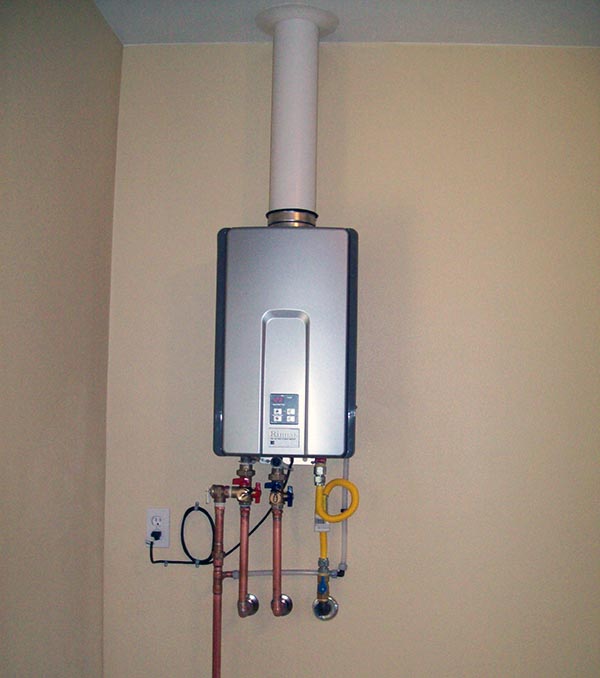Water Heater Maintenance and Repair: Tips for Extending the Life of Your Water Heater
Simple Maintenance Steps to Keep Your Water Heater Running Strong for Years
Your water heater is one of the hardest working appliances in your home, providing hot water around the clock for showers, laundry, and dishwashing. Yet many homeowners overlook maintenance until something breaks. At East Texas Leak Locators, we’ve seen how simple preventative maintenance can extend water heater lifespans by years while saving homeowners hundreds in unexpected repairs. A well-maintained water heater typically lasts eight to twelve years, but neglect can cut that short significantly. The good news is that routine water heater maintenance is straightforward and affordable. By understanding basic maintenance tasks and when to call a professional, you can keep your system running efficiently, reduce energy costs, and avoid the inconvenience and expense of premature replacement or emergency repairs. This guide covers essential maintenance tips specifically relevant to East Texas homeowners.

Understanding Your Water Heater and Why Maintenance Matters
Your water heater works twenty-four hours a day, seven days a week, facing constant stress from the minerals in our water supply. In East Texas, where hard water is common, sediment buildup happens faster than in regions with softer water. Understanding how sediment affects your system is the first step toward smart maintenance.
When minerals like calcium and magnesium accumulate at the tank’s bottom, your water heater must work harder to heat water, increasing energy consumption and raising utility bills. This sediment buildup also creates strain on internal components, leading to overheating, rust, and eventual system failure. The longer sediment sits undisturbed, the more damage it causes. Regular flushing removes this buildup before it becomes a serious problem.
Beyond efficiency, proper maintenance ensures safety. Your water heater’s temperature and pressure relief valve prevents dangerous pressure buildup. Neglecting this critical component puts your home at risk. Regular inspections catch issues before they become hazardous.
Essential Water Heater Maintenance Tasks
Flushing your tank should be your primary maintenance priority. This involves draining a few gallons of water from the tank’s bottom to remove accumulated sediment. For East Texas homeowners with hard water, annual flushing is essential. Some experts recommend twice-yearly flushing in areas with particularly hard water. The process is simple: turn off the power, connect a garden hose to the drain valve, and let water flow until it runs clear.
The anode rod deserves regular inspection. This metal rod attracts corrosive minerals, protecting your tank from internal rust. Over time, the anode rod itself corrodes and eventually fails. Inspecting it every two to three years allows you to replace it before tank corrosion begins. Replacement is significantly cheaper than replacing your entire water heater.
Adjust your thermostat to around 120 degrees Fahrenheit. Most units ship factory-set at 140 degrees, which is hotter than necessary for typical household use. Lowering the temperature reduces energy consumption, prevents scalding injuries, and decreases stress on your system. Every ten degrees of reduction saves three to five percent on energy costs.
Test your temperature and pressure relief valve annually. This safety device prevents dangerous pressure buildup. Lift the valve’s lever briefly and listen for water flow into the discharge tube. If water doesn’t flow or continues flowing after release, the valve needs replacement.
Professional Inspection and Advanced Maintenance
While homeowners can perform basic maintenance, professional inspections catch problems before they become emergencies. A licensed plumber can identify corrosion, test all safety features, check for leaks, and assess overall system condition. For East Texas residents, annual professional inspection is particularly important given our region’s hard water challenges.
Insulating your water heater tank and hot water pipes improves efficiency and extends system life. Insulation reduces standby heat loss, meaning your heater doesn’t work as hard to maintain temperature. Foam insulation wraps are inexpensive and easy to install, often paying for themselves in lower energy bills within months.
Consider installing a water softener if you haven’t already. Hard water causes the sediment buildup that shortens water heater lifespans. A water softener removes minerals before they reach your heater, protecting your entire plumbing system while improving water quality throughout your home.
Recognizing When Repair or Replacement Is Necessary
Watch for warning signs that indicate professional service is needed. Rusty or discolored water suggests internal corrosion. Rumbling or popping noises indicate excessive sediment. Leaks, even small ones, require immediate attention. If your system is older than ten years and repairs are becoming frequent, replacement may be more cost-effective than continued repairs.
Don’t Wait for an Emergency
Your water heater’s reliability directly impacts your home’s comfort and your wallet. Start a simple maintenance routine today—your future self will thank you. Whether you need professional inspection, leak detection, or water heater service in East Texas, East Texas Leak Locators is here to help.
Contact East Texas Leak Locators today for expert water heater maintenance and repair services. Keep your hot water flowing and your system running strong for years to come.
